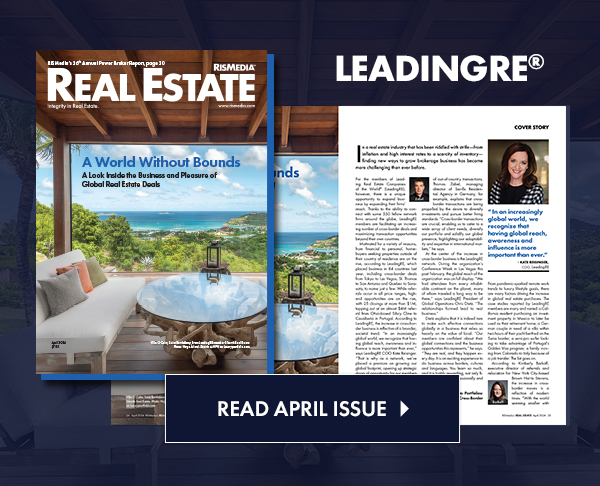Another year in housing is winding down, and though the outcome of the election has brought several theories as to its future, one fact is clear: climbing prices, still-rigid lending standards, student loan debt, and tight supply are continuing to keep renters on the sidelines of homeownership.
Will 2017 be their year?
A recent study presents evidence to the affirmative. Renters are not “materially constrained” by steep rental costs now that the recession is in the rearview, according to a report by TransUnion, with many renters exhibiting more credit-active behaviors, such as opening a credit card, and approximately 40 percent having a “prime or better” credit score.
In addition—and even more telling—is the fact that renters are now in a position to take on more financial obligations. Measuring renters’ aggregate excess payment (AEP), or the ability to afford more payments with money left to spend, the report shows 59 percent of renters now have an AEP of $100 or more. With rents stalling, that excess could be the foundation of a down payment for a home purchase in the new year, and lend confidence to afford a mortgage.
“Comparing renters from the immediate post-recession period to renters of today highlighted an interesting dynamic,” said Ezra Becker, senior vice president of Research and Consulting for TransUnion, in a statement on the study. “While renters in 2009 were facing a difficult economic environment, renters today also face challenges because of rising rental prices—yet significant economic changes have occurred between 2009 and 2016, with a net overall benefit to renters.”
The findings of the report echo results of another recent study by Freddie Mac that indicated renters are less concerned about rental costs in relation to other increasing expenses, such as utilities.
Source: TransUnion
For the latest real estate news and trends, bookmark RISMedia.com.











